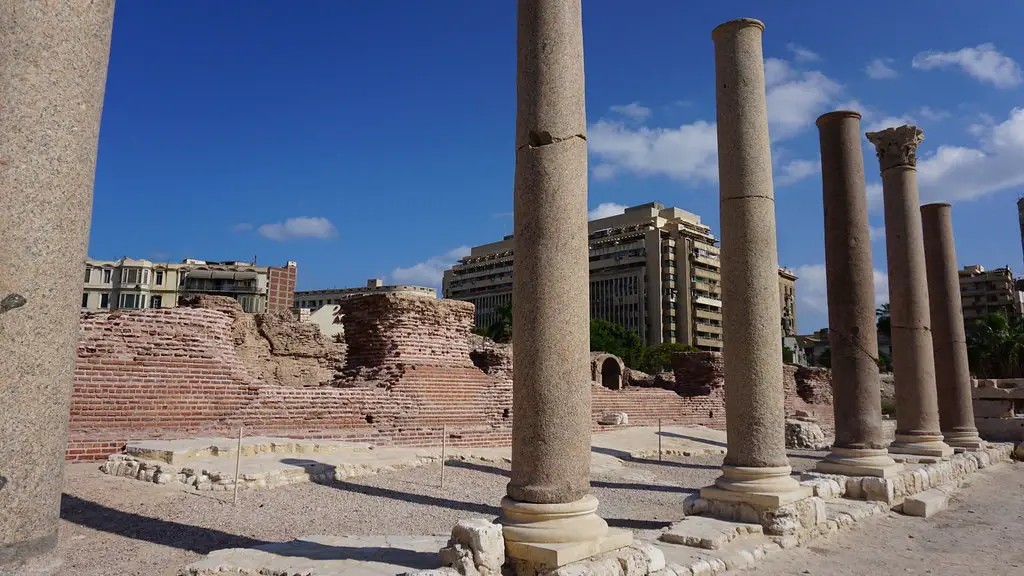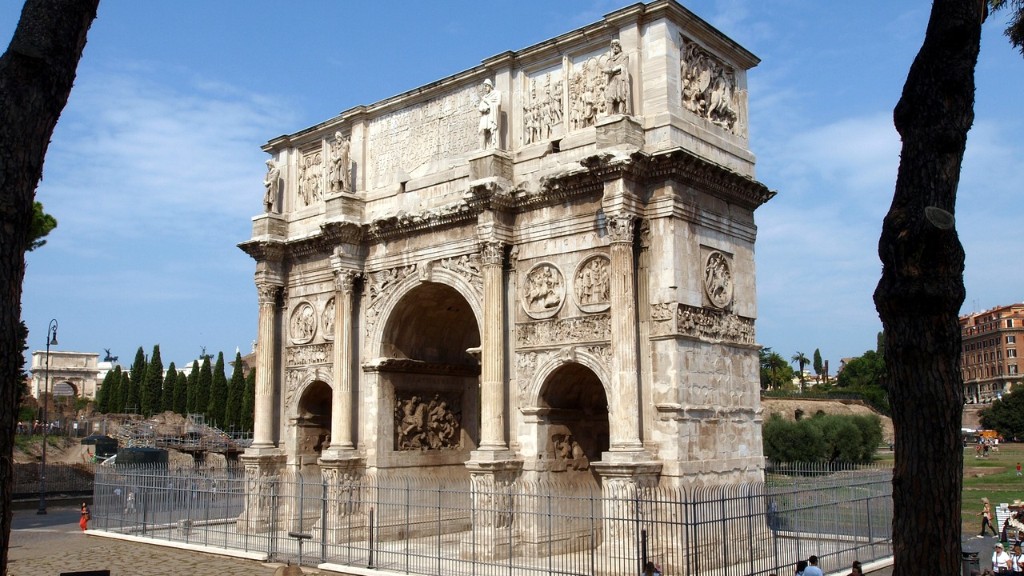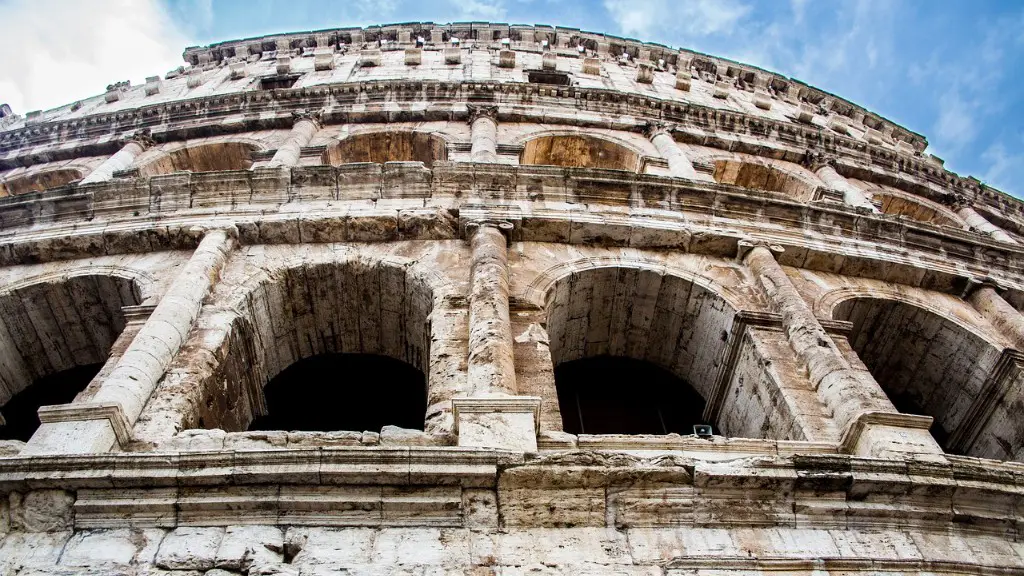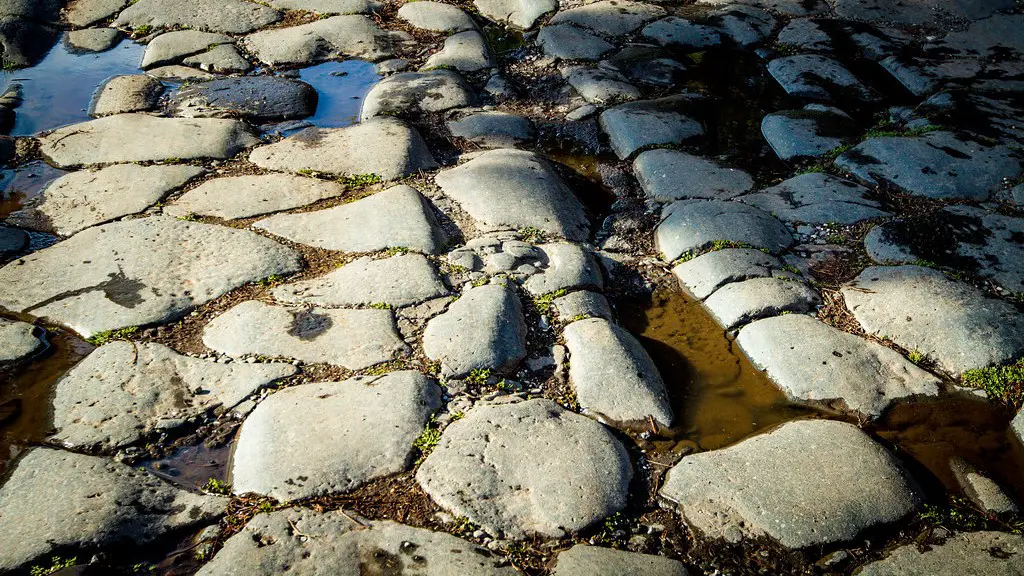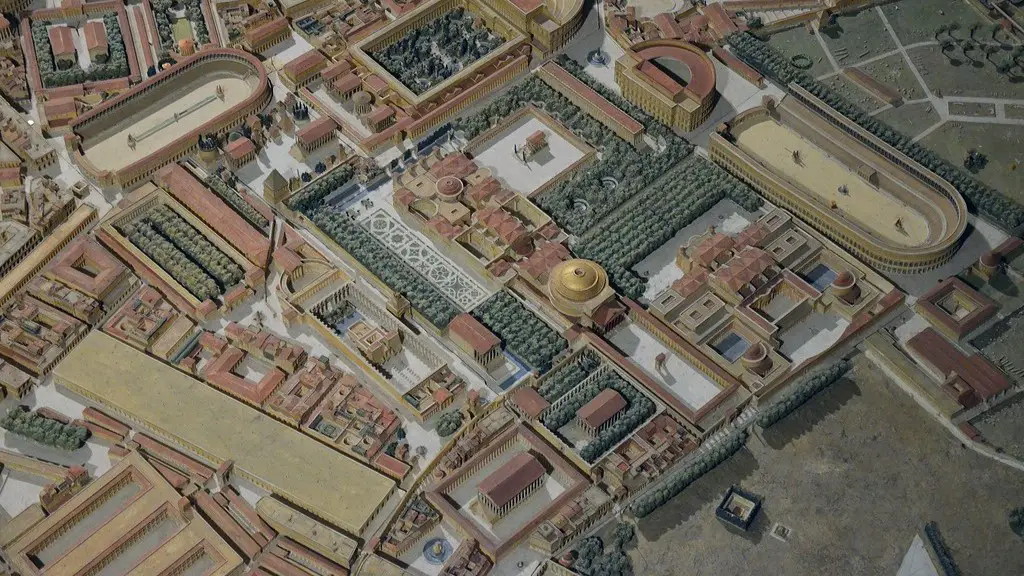The ancient Romans used sculpture for a wide variety of purposes, both practical and aesthetic. Common practical uses included architectural decoration, public statuary, and grave markers. Aesthetic uses included historical reliefs, religious iconography, and portraits. The vast majority of surviving Roman sculpture is composed of stone, marble, or bronze, with wood, bone, and terracotta also represented.
The ancient Romans used sculpture in many different ways. They would often display sculptures in their homes as a form of decoration. Sculptures were also used for public monuments and as public art.
What is Roman sculpture known for?
Roman sculpture is known for its grandeur and realism. Many Roman sculptures depict ideas, things, or people that are important to Roman culture, such as mythological scenes, historical events, and political figures. These sculptures provide a glimpse into Roman culture and history, and are a valuable part of the world’s cultural heritage.
Sculptures from this time period not only captured fictional stories and mythological gods, but were also used to honor people of the time period. These people were usually rulers, kings, or in this case, a scholar. This head of Aristotle is most likely the best-preserved replica of the Greek original.
What sculptural style did the Romans use
Archaistic sculpture is characterized by a number of stylistic features that recall the Archaic period, including naturalistic proportions, simplified forms, and a focus on the human figure. Archaistic sculptures were often made in marble, and they frequently depict gods and goddesses, athletes, and mythological scenes.
Classicizing sculpture, which became increasingly popular in the Roman period, takes its inspiration from the Classical period of Greek art (ca 480–323 BC). Classicizing sculptures are characterized by their idealized proportions, their refined forms, and their use of allegory and symbolism. Many classicizing sculptures were made in bronze, and they often depict Roman emperors, statesmen, and military heroes.
A sculpture is a work of art that is three-dimensional. It can be made from a variety of materials, including wood, stone, metal, or even clay. Sculptures can be realistic or abstract, and they can be representational or non-representational. They can be used to express a wide range of human emotions, from the most tender and delicate to the most violent and ecstatic.
Why are Roman sculptures so good?
Roman sculpture is characterized by its realism and its focus on the individual. Roman artists were less concerned with the ideal than their Greek or Egyptian counterparts, and as a result, their sculptures are more lifelike and expressive. Roman sculpture is particularly strong in portraiture, and the reliefs on Roman monuments are often rich in detail and full of story.
Marble sculptures are some of the oldest and most popular forms of art. They date back to the early 6th century BCE and were used for both religious and commemorative purposes. The first life-size statues were produced during this time and were used to honor the gods or as grave markers. Marble sculptures continue to be popular to this day and are admired for their beauty and craftsmanship.
Why are ancient sculptures important?
The Greeks believed that their gods were present in their temples and that the sculptures within the temples were the gods themselves. This close relationship between sculpture and architecture can be seen in the Greek temples which were designed to house the sculptures and were often decorated with reliefs depicting the gods. The sculptures were not just an embellishment of the temple; together they combined to form an integrated and harmonious whole.
There are many reasons why sculptures were made in ancient times. Some were made to honor the gods, while others were made as funerary items or to display the perfection of the human body. In some cases, sculptures were also used as political propaganda, showing the greatness of an emperor or pharaoh.
Why were so many sculptures done of Roman emperors
Roman Emperors would often have many statues made in their honor and placed around the city. This was a way of commemorating their victories and reminding the people who was in power. Some Greek statues only survive through the copies that the Romans had made.
Art forms and methods used by the Romans have had a lasting impact on art and culture. From high and low relief sculpture to free-standing sculpture, bronze casting and vase art, the Romans were masters of creating beautiful and timeless works of art. Their methods and techniques have been copied and adapted by artists throughout the ages, and their influence can still be seen in many modern day artworks.
What is the most popular types of sculpture in Ancient Rome?
Rome is home to some of the most famous statues in the world. Michelangelo’s Pieta’ and Moses are two of the most well-known. Bernini’s Estasi di Santa Teresa is also a must-see. The Equestrian Statue of Marcus Aurelius is another well-preserved bronze statue in Rome.
The Julio-Claudian dynasty was particularly fond of adapting Classical elements into their art. This can be seen in the work of Augustus, who used smooth lines and elegant drapery to create highly naturalistic forms that were in keeping with the Greek ideal of balanced proportions. By doing so, Augustus was able to create a sense of continuity between the past and the present, and between the Classical world and his own.
What is the function of classical sculpture
Sculptors during the classical period were not only creating works for temples, but also for mortuary statues. These statues were meant to show tribute to deceased loved ones and often depicted them in a relaxed pose.
Roman sculpture was heavily influenced by the Greeks. The Greeks were the first western culture to really figure out how to accurately depict the human form, which of course, they did through geometric ratios. This knowledge was then passed on to the Romans, who used it to create some of the most realistic and life-like sculptures in history.
What materials did Roman sculpture use?
Roman sculpture is characterized by its realism and the skillful use of perspective for dramatic effect. Sculptors used a variety of materials, including marble, limestone, bronze, and terra cotta.
Terracotta was a popular material for Roman sculpture, as it was cheap and easy to work with. Many Roman sculptures were made of terracotta, including busts, reliefs, and statues. Some of the most famous examples of Roman terracotta sculpture include the life-size Terracotta Warriors of China.
Limestone was another popular material for Roman sculpture. It was used to create both free-standing sculptures and reliefs. Many of the most famous Roman sculptures, such as the Apollo Belvedere and the Laocoon Group, are made of limestone.
Bronze was also used to create some of the most iconic Roman sculptures, such as the bronze statue of Julius Caesar.
Roman sculptors also made use of marble, although it was not as popular as other materials. One of the most famous examples of Roman marble sculpture is the Nike of Samothrace.
Roman art is significant primarily because it was used for propaganda purposes by the Romans. By depicting the values that the Roman Empire stood for, Roman art was able to communicate these messages to a wide audience. In doing so, Roman art played an important role in shaping public opinion and promoting the interests of the ruling elite.
How were sculptures used by people
Sculptures were used by people to show their mighty and wealth to all. It indicated that how dominant he/she is. Sculptures are the true art of mastering the materials. It is the art of shaping the materials into a beautiful form.
The first Greek sculptures were created in the early 6th century BCE. They were stiff, awkward, and anonymous, but they already bore many of the traditional traits of Greek art. Primarily male and nude, these figures were well-muscled and blank-faced. By the 6th century BCE, the realism of the figures had vastly improved.
Final Words
The word ‘sculpture’ is derived from the Latin word ‘sculpere’, meaning ‘to carve’. Carving was the primary means of creating sculpture in stone, wood, ivory, and bone throughout most of history. In ancient Rome, the main material used for carving was marble. Glass, terra cotta, and metals were also sometimes used for sculpture, but not as commonly as marble.
Marble was used for both public and private sculptures in ancient Rome. For public sculptures, marble was often used for portrait busts and statues of gods and heroes. These statues were placed in temples, parks, and other public places. Private sculptures were usually placed in the homes of the wealthy. Wealthy Romans would often have a full-size statue of themselves or their family members in their homes.
Sculpture was used in ancient Rome to depict gods and goddesses, as well as to tell important stories from Roman mythology. Sculpture was also used as a decoration in Roman homes and public buildings. Today, we can still see the influence of Roman sculpture in many modern sculptures.
